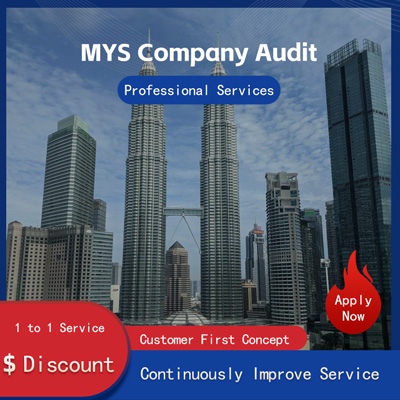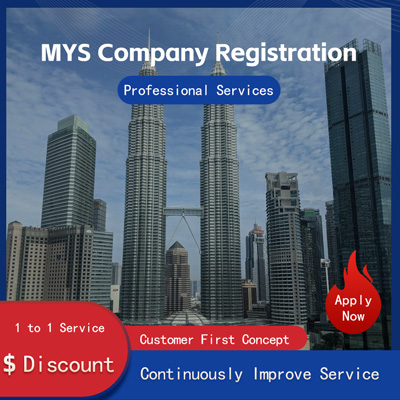
Analysis on Differences and Characteristics Between Remittance and Counter Remittance
The Differences Between Remittance and Reverse Remittance An Analysis of Their Characteristics
In the fields of international trade and finance, remittance forward remittance and reverse remittance are two common payment methods. They differ significantly in terms of transaction processes, the direction of capital flow, and applicable scenarios. Understanding the characteristics and application scenarios of these two payment methods is crucial for enterprises to optimize cash flow management and reduce transaction risks.

Features and Analysis of Remittance and Reverse Remittance
Remittance is an active payment method initiated by the payer, characterized by the consistency between the direction of capital flow and the rights and obligations of both parties involved in the transaction. Specifically, when an exporter provides goods or services to an importer, the importer transfers the funds directly to the exporter through a bank. This process usually involves remittance services such as telegraphic transfer T/T, mail transfer M/T, or demand draft D/D. The advantages of remittance lie in its simplicity, low cost, and suitability for small-to-medium-sized transactions with good credit. For example, in a 2025 news report, a cross-border e-commerce platform used remittance to settle payments with overseas customers, significantly improving transaction efficiency and reducing foreign exchange handling fees.
However, remittance also has certain limitations. Since the payer completes the payment first and the payee receives the goods or services later, this model may increase the risk for the payee. In international trade, if the importer fails to fulfill their obligations on time, the exporter may face delayed recovery of funds. Remittance is more suitable for stable trading relationships with high trust levels between the parties.
By contrast, reverse remittance is a payment method initiated by the payee, with its capital flow direction opposite to the rights and obligations of both parties in the transaction. Under the reverse remittance model, the exporter delivers the goods or services first and then requests the importer to make payment through a bank. This method is commonly seen in settlement tools such as letters of credit L/C, documentary collections D/P, D/A, etc. The biggest advantage of reverse remittance lies in effectively safeguarding the interests of the exporter, as they can only receive the corresponding payment after the importer fulfills their payment obligation.
From a practical perspective, reverse remittance dominates in international trade. According to the Uniform Customs and Practice for Documentary Credits UCP 600 issued by the International Chamber of Commerce, letters of credit, as a typical form of reverse remittance, are widely applied in commodity trading and large-scale engineering projects. For instance, recent news about African infrastructure construction mentioned that several Chinese companies successfully avoided potential risks from currency fluctuations by opening letters of credit to settle project payments with local partners.
Despite the ability of reverse remittance to better protect the interests of the payee, its operational process is relatively complex, involving multiple links such as the issuing bank, advising bank, and negotiating bank, which increases transaction costs and time consumption. Reverse remittance may also cause disputes due to insufficient document review. To address this, relevant institutions continuously optimize business rules, such as introducing electronic letter of credit systems, to enhance transaction transparency and efficiency.
In conclusion, both remittance and reverse remittance have their own merits. Enterprises should comprehensively consider factors such as transaction size, cooperation duration, and risk tolerance when choosing a payment method. Remittance is suitable for small-to-medium-sized frequent transactions, while reverse remittance is better suited for large-scale infrequent transactions. In the future, with the development of financial technology, remittance and reverse remittance may be deeply integrated to form more flexible and efficient cross-border payment solutions, creating greater value for enterprises.
Helpful (0)
No help (0)
Still have questions after reading? More than 98,000 users have contacted us. Please fill in the following information to obtain business information.

Next Article
Exploration of the Significance of Cross-Border E-Commerce Advertising Planning
May 26, 2025Service Scope
MoreRecommended for You
- A Crucial Step in Trademark Registration Why You Can't Skimp on CR Fee
- How Much Does It Cost to Register a Trademark in the U.S.? A Clear Breakdown of Fees!
- Want to Register a Trademark in the U.S.? Master These Key Steps to Launch Your Brand Smoothly!
- How to Apply for a US Trademark? 10 Key Tips to Nail It in One Go!
- How to Successfully Register a Trademark in the U.S. for a Singapore Co. A Practical Guide
- How to Apply for a US Trademark After Registering a Company in Singapore? A Detailed Guide on Costs and Process
- A Comprehensive Analysis of US Companies Registering Trademarks in China How Much Do You Know?
- Guide to Registering a U.S. Trademark for Singapore Businesses Costs, Process Practical Tips
- How to Register a Trademark in the U.S. for a Shenzhen Company? Here's a Complete Guide!
- U.S. Trademark Registration Guide Step-by-Step Process Key Considerations
- Things to Know About U.S. Trademark Registration Is a Business License Needed? Cost Breakdown Here
- Shenzhen Startups Must Read US Trademark Registration Requirements Process Explained
- How to Register a Company and Apply for a Trademark in the U.S. What Documents and Procedures Are Needed?
- How to Easily Register a Company Trademark in the U.S. and Hong Kong - A Detailed Guide!
- 7 Key Tips You Must Know to Apply for a Trademark in the U.S.
- Do You Need a Trademark to Establish a Subsidiary in Hong Kong? A Deep Dive into Why This Step is Crucial
- Hong Kong Trademark Registration Costs Explained Boosting Business Globalization
- Trademark Registration in the U.S. Company or Individual? Let's Find Out!
- How to Register a Chinese Trademark in the U.S.? A Complete Guide with Practical Tips
- U.S. Trademark Registration Costs Explained All You Need to Know!


 ONE
ONE








Customer Reviews
Small *** Table
December 12, 2024The experience was very good. I was still struggling to compare it with other companies. I went to the site a few days ago and wanted to implement it as soon as possible. I didn't expect that everything exceeded my expectations. The company is very large, with several hundred square meters. The employees are also dedicated and responsible. There is also a wall of certificates. I placed an order on the spot. It turned out that I did not make a wrong choice. The company's service attitude is very good and professional. The person who contacted me explained various things in detail in advance. After placing the order, the follow-up was also very timely, and they took the initiative to report the progress to me. In short, I am very satisfied and recommend this company!
Lin *** e
December 18, 2024When I first consulted customer service, they recommended an agent to me. They were very professional and patient and provided excellent service. They answered my questions as they came in. This 2-to-1 service model is very thoughtful. I had a lot of questions that I didn’t understand, and it’s not easy to register a company in Hong Kong. Fortunately, I have you.
t *** 7
December 19, 2024I originally thought that they only did mainland business, but I didn’t expect that they had been doing Hong Kong business and were doing very well. After the on-site interview, I decided to ask them to arrange the registration of my Hong Kong company. They helped me complete it very quickly and provided all the necessary information. The efficiency was awesome. It turns out that professional things should be done by professionals.👍
b *** 5
December 16, 2024In order to register a company in Hong Kong, I compared many platforms and stores and finally chose this store. The merchant said that they have been operating offline for more than 10 years and are indeed an old team of corporate services. The efficiency is first-class, and the customer service is also very professional.